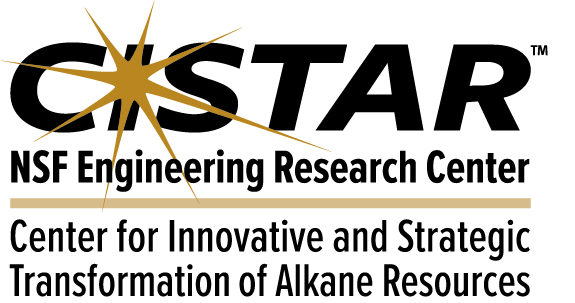About CISTAR
The last 10 years have witnessed an unprecedented revolution in the domestic supply of shale hydrocarbon reserves with the potential to lower the cost and carbon footprint of our nation’s electricity, power, chemicals, and fuels.
CISTAR's Mission
Key techno-economic objectives include expanding the use of natural gas as a feedstock in chemical processes while realizing economic gains alongside reduced environmental impacts through innovations in catalysis, separations, and process enhancements as well as electrification and decarbonization. CISTAR researchers and educators will help accelerate the transition by working to achieve the following overarching goals for the center:
- Producing new, broadly disseminated, and impactful science for energy and fuels technology from shale gas hydrocarbons;
- Generating intellectual property to support the commercialization of new technologies;
- Demonstrating a combined experimental-computational approach to materials discovery that can be applied beyond hydrocarbon research;
- Providing leading-edge analysis of important environmental issues associated with shale gas upgrading;
- Developing a well-trained workforce of innovative students with technical and professional skills; and
- Informing the public about safe and environmentally responsible ways to use U.S. hydrocarbon resources.
CISTAR'S FOUR PILLARS
 |
CISTAR's four pillars, research, innovation ecosystem, engineering workforce development, and access and societal impact, are designed to enable CISTAR to achieve these goals. Engagement and implementation of each pillar are vital to CISTAR’s success as an ERC. |









